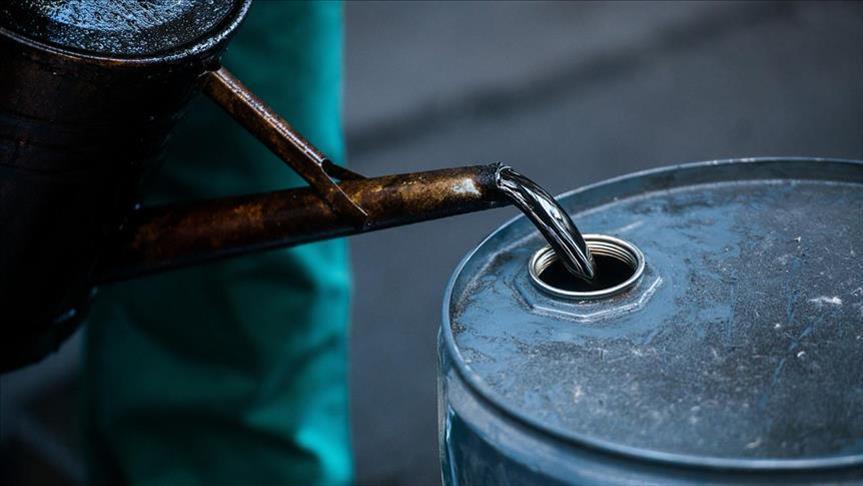The International Energy Agency (IEA) on Thursday revised down its global oil demand forecast for 2023 by around 220,000 barrels per day (bpd) compared to last month’s assessment.
Demand is now estimated to reach around 102.1 million bpd in 2023, with a year-on-year rise of 2.2 million bpd, according to the IEA’s latest oil market report.
The agency said ‘persistent macroeconomic headwinds, apparent in a deepening manufacturing slump,’ drove this year’s first lower revision.
According to the agency, China will account for 70% of global gains buoyed by surging petrochemical use, while OECD consumption will remain anemic.
For next year, the agency announced a more bullish demand estimate of 1.1 million bpd, up by 290,000 bpd compared to last month’s report.
Higher gasoil use in the wake of improved prospects for China and a more positive longer-term economic outlook helped the positive revision, the agency explained.
– OPEC+ cuts to further tighten market in July
World oil supply rose by 480,000 barrels per day (bpd) to 101.8 million bpd in June after Canada recovered from wildfires and maintenance. However, Saudi Arabia’s significant voluntary reduction in production is expected to tighten global output in July.
Output cuts by some OPEC+ countries, including Saudi Arabia, Russia and Algeria, of around 1.52 million bpd were blunted by higher flows from Iran, Kazakhstan, Nigeria, the US and other non-OPEC+ producers.
However, the agency expects the supply to shift towards a lower trajectory in the coming months as Riyadh implements steeper cuts.
‘With recent non-OPEC+ gains expected to slow and Iran’s output now projected to hold broadly steady, we anticipate that the Saudi supply curbs could push global oil production more than 900,000 barrels below June for this month and next,’ the IEA said.
– Output could hold broadly steady next year
For the rest of the year, the agency forecasts that global oil supply will expand by 1.6 million bpd to a record 101.5 million bpd, led by the US and non-OPEC+.
The organization forecasts that non-OPEC+ producers will add 1.2 million bpd of global supply next year.
‘As for OPEC+, the bloc extended its existing curbs through 2024 and readjusted some targets to better reflect actual supply. Those adjustments will not materially impact OPEC+ supply this year, but the extension of quotas suggests that, after a 330,000 bpd decline in 2023, output could hold broadly steady next year,’ the IEA said.
– OPEC+ production increases in June
Last month, OPEC+ crude oil production from all 23 member countries inched up 30,000 bpd to 43.62 million bpd.
Higher supplies from Nigeria and Iraq were partly offset by slight declines elsewhere. Output from Iran, with the exception of OPEC+ cuts, hovered around five-year highs, while production from Saudi Arabia and Russia held steady.
Although the agency envisaged little change in supply from OPEC countries in June at 28.7 million bpd, volumes from non-OPEC nations within the OPEC+ group crept up by 30,000 bpd to 14.92 million bpd.
In June, overall production from 19 members, excluding Iran, Libya and Venezuela, which are exempt from cuts, edged up 70,000 bpd to 37.03 million bpd.
This left the bloc’s effective spare capacity, excluding volumes of crude oil shut in by sanctions in Iran and Russia, at 4.6 million bpd with Saudi Arabia and the United Arab Emirates (UAE) holding roughly 70% of the surplus.

